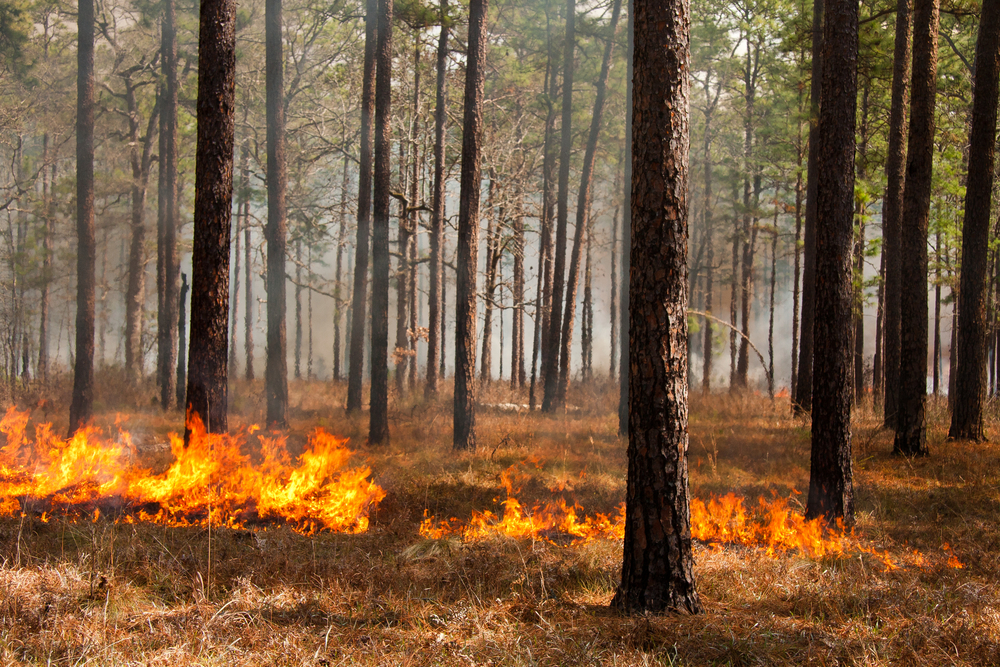A pioneering two-decade-long study done in California’s Sierra Nevada mountains confirms the effectiveness of forest management strategies such as restorative thinning and regulated burning in reducing the state’s rising threat of catastrophic wildfires. This thorough study, conducted by the University of California, Berkeley (UC Berkeley), underlines the critical importance of these techniques in protecting forests and preventing wildfires from escalating.
The study’s lead author, Scott Stephens, a respected UC Berkeley professor of fire science, stated, “The research is pretty darn clear that these treatments are effective—very effective.”
Extensive research, conclusive evidence
The national Fire and Fire Surrogate Study, titled “Forest restoration and fuels reduction work: different pathways for achieving success in the Sierra Nevada,” published in Ecological Applications, delves into a complete examination of forest management practices. This rigorous 20-year study attests to the significant success of these methods in reducing the likelihood of catastrophic wildfires.
California’s bold forest fire prevention plans
California, which has been devastated by wildfires, has presented a comprehensive strategy to greatly increase the use of managed burns. By 2025, the state plans to expand the scope of controlled fire use to 400,000 acres per year. However, obstacles such as severe weather and a scarcity of experienced staff continue to impede the full-scale deployment of these proactive fires.
Moreover, the study underscores the pivotal role of restoration thinning, substantiating its feasibility in tandem with prescribed fires without compromising forest health or biodiversity.
Ariel Roughton, co-author of the research and Berkeley Forests’ research station manager, highlighted the multifaceted nature of these management strategies, stating, “Our findings show that there’s not just one solution — there are multiple things that you can do to impact the risk of catastrophic fire.”
Blodgett Forest Research Station
The vast research project lasted two decades and was carried out at the Blodgett Forest Research Station, which spans 4,000 acres and is located around 65 miles from Sacramento on Nisenan Tribal territory. The application and impact of restoration thinning, planned burning, and their combination on forest ecosystems were investigated in this long-term study.
Stephens explained the study’s beginning, stating that “prescribed fire and restoration thinning are both surrogates for wildfire, a key process that happened frequently in California before European colonization.”
Improved forest resilience and structural change
The study’s final analysis revealed a substantial increase in wildfire resilience within the treated experimental plots. When compared to the control plots, these managed areas revealed an impressive 80 percent probability of at least 80 percent tree survival.
Roughton further emphasized the catalytic impact of combining thinning with fire, noting, “When you combine thinning with fire, you’re able to modify all different levels of the forest structure, and it speeds up the timeline for achieving a more resilient structure.”
Financial stability and future plans
Restoration thinning demonstrated financial viability in addition to environmental benefits, as cash gained from the sale of larger trees helped offset forest management costs during the research period.
In the future, the research team plans to broaden the scope of their study to include other experimental plots. In addition, they are actively involved in efforts to reintroduce Indigenous traditional burning, to disseminate the knowledge gained from these thorough studies to a broader audience participating in forest management methods.
Source study: Ecological Applications—Forest restorations and fuels reduction work: different pathways for achieving success in the Sierra Nevada











